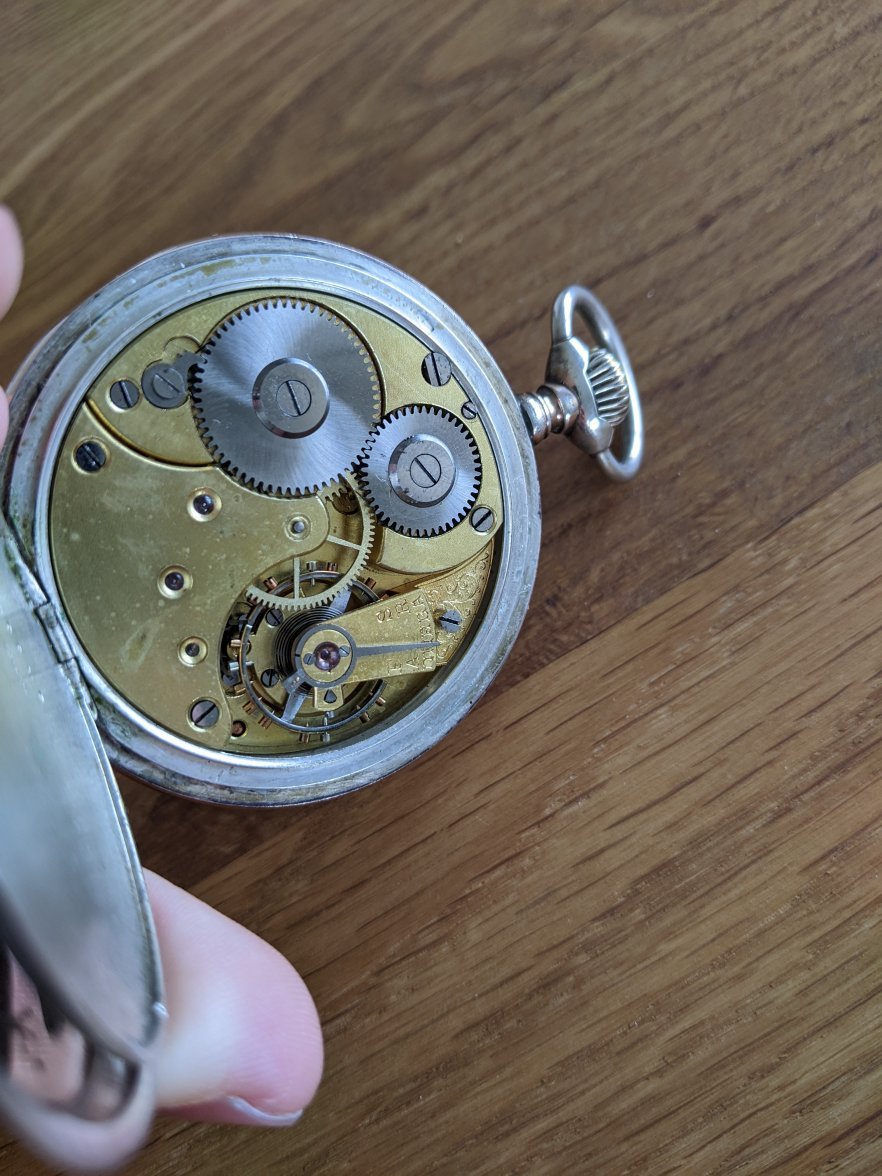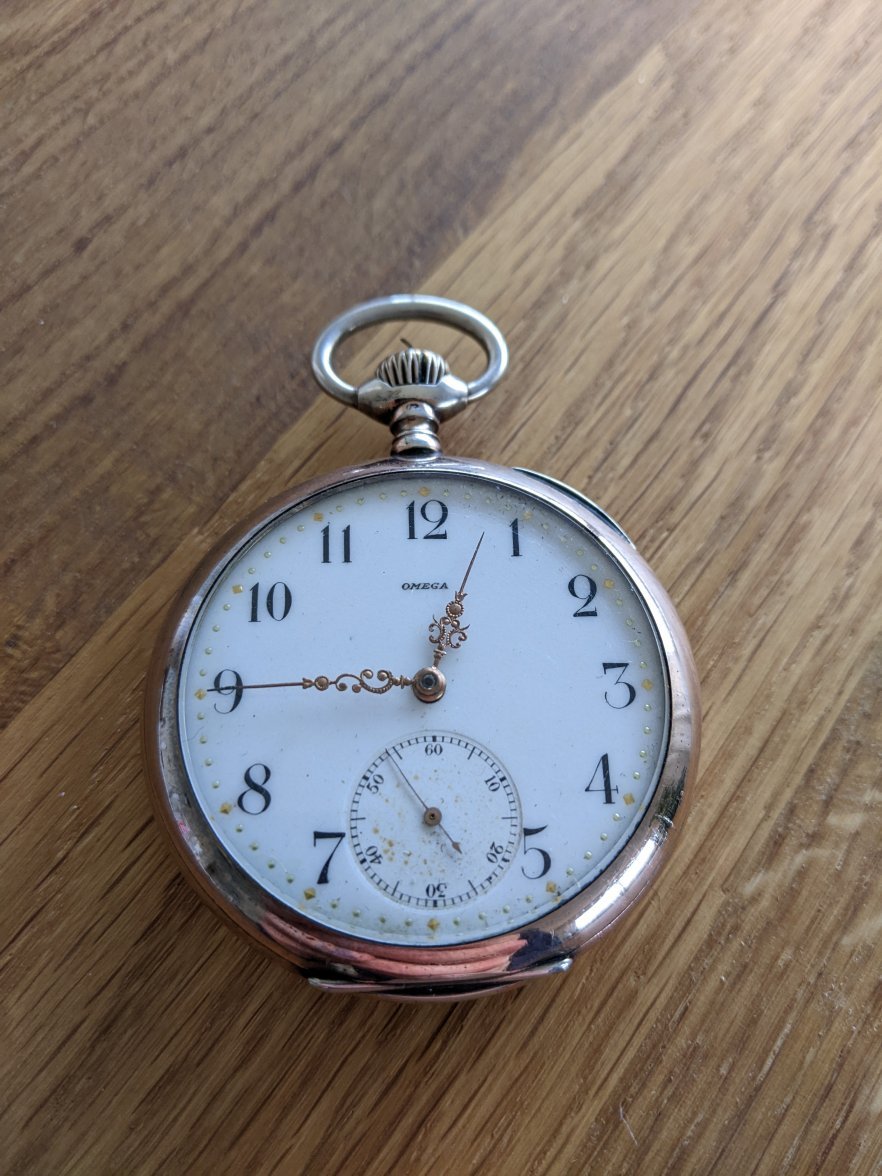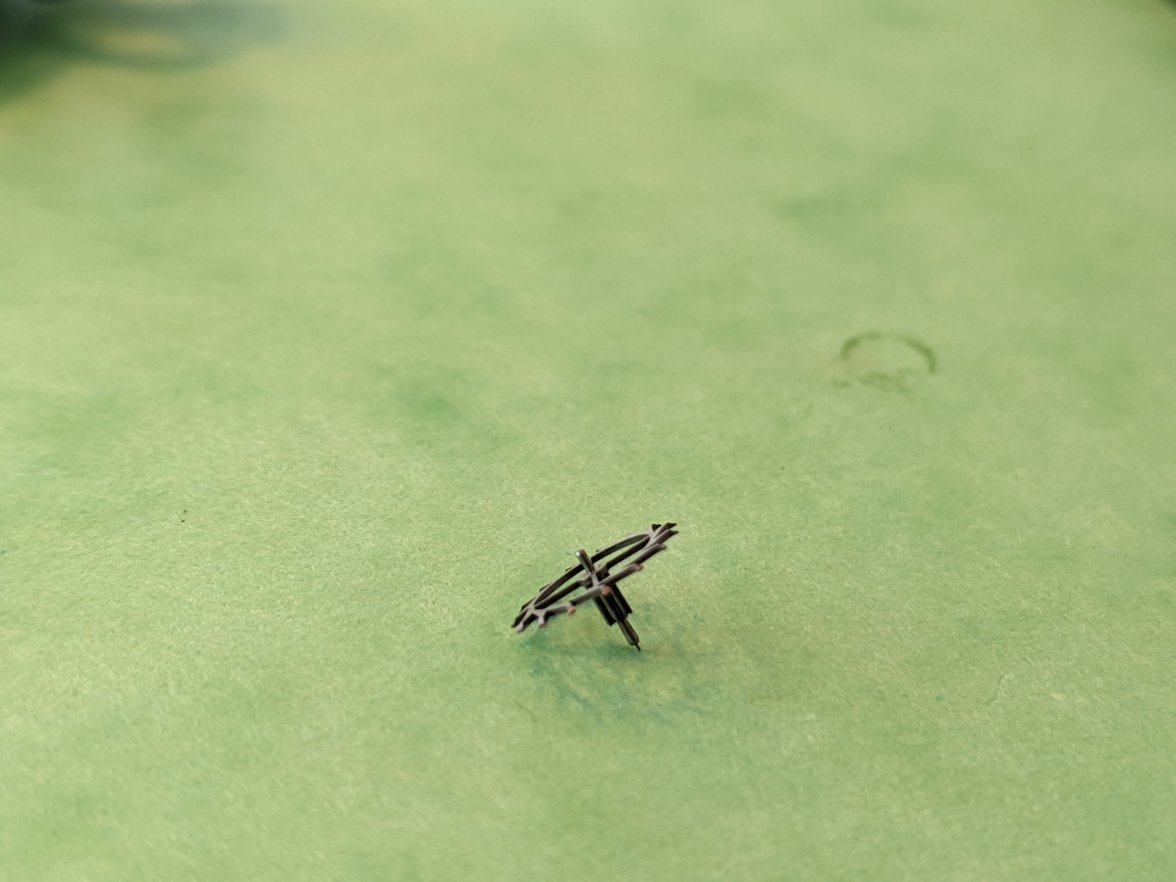MrFriday*
·Hi all,
I want to revive this beauty, that I obtained within the family and also started a general thread focusing on how to start working on movements for beginners like me (https://omegaforums.net/threads/lea...or-non-watchmakers.144489/page-2#post-1976979).
I identified two parts that need to be replaced (balance staff and escapement wheel). Therefore I would like to ask if anyone is able to identify the movement (and maybe at which time the watch was produced).
Numbers stamped into the case:
1562403
37504
Number stamped on the balance wheel bridge:
883
Any input is highly appreciated 😀
I want to revive this beauty, that I obtained within the family and also started a general thread focusing on how to start working on movements for beginners like me (https://omegaforums.net/threads/lea...or-non-watchmakers.144489/page-2#post-1976979).
I identified two parts that need to be replaced (balance staff and escapement wheel). Therefore I would like to ask if anyone is able to identify the movement (and maybe at which time the watch was produced).
Numbers stamped into the case:
1562403
37504
Number stamped on the balance wheel bridge:
883
Any input is highly appreciated 😀












